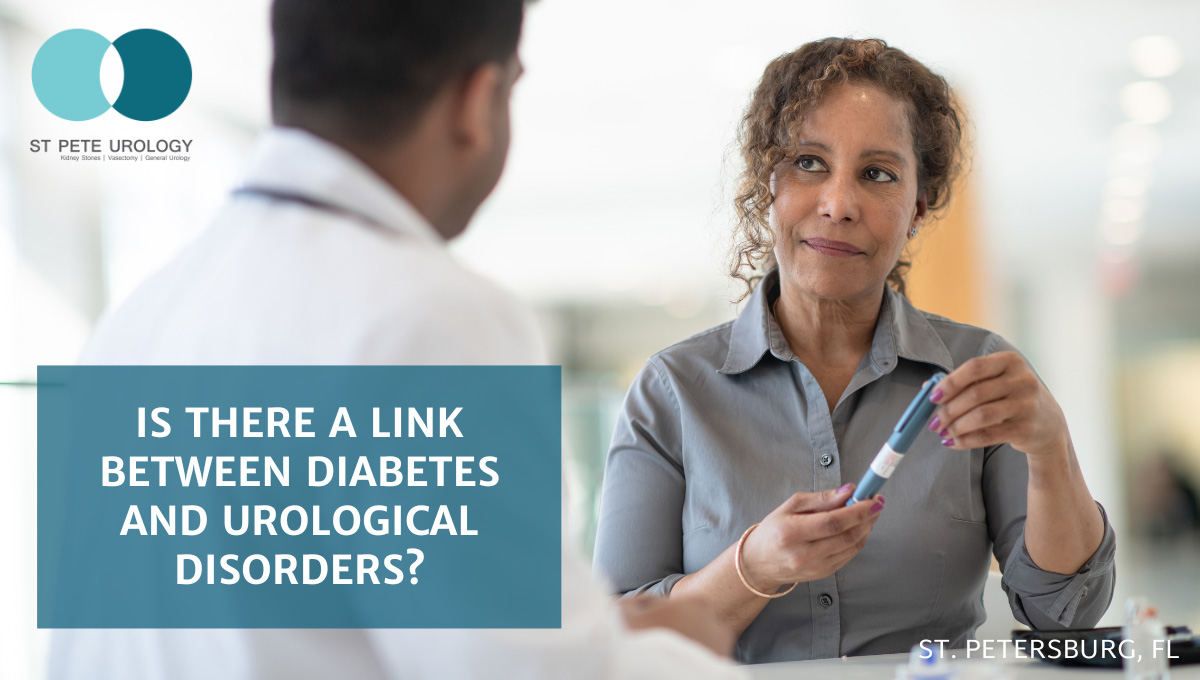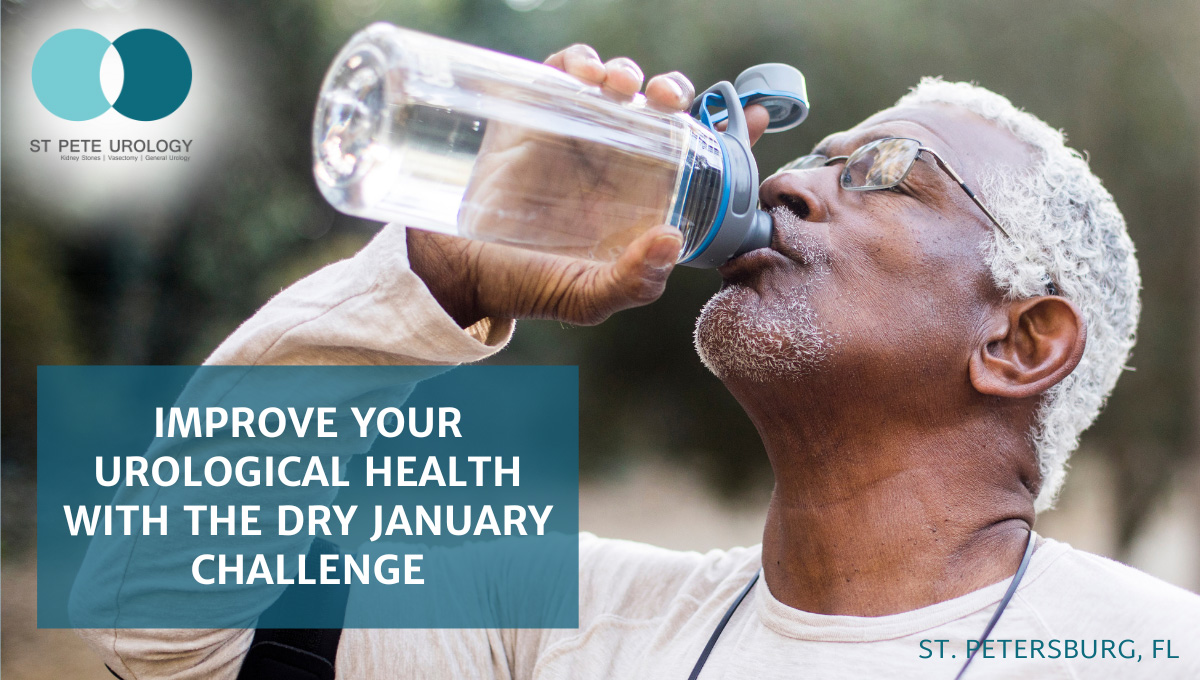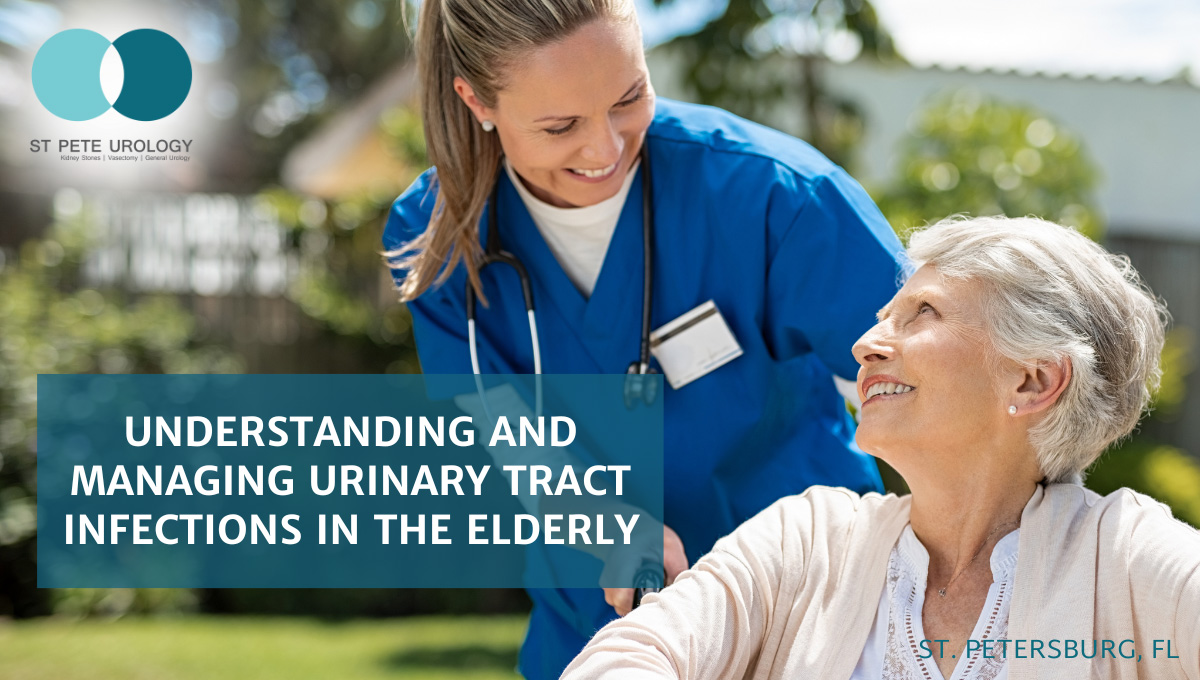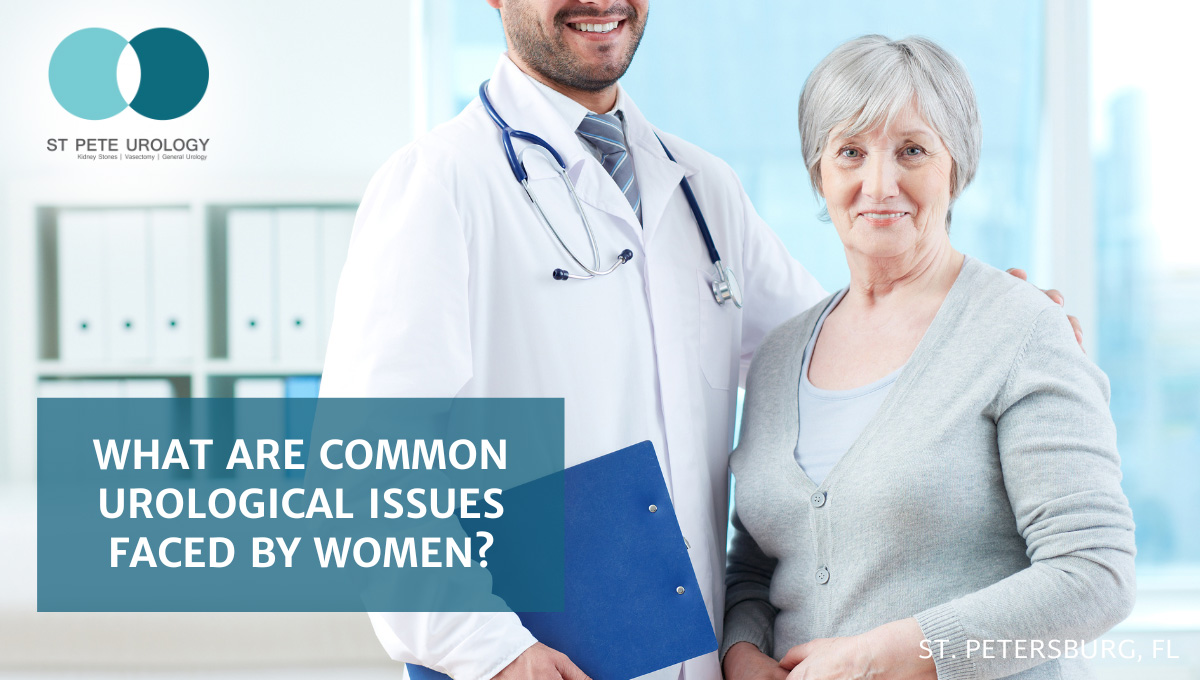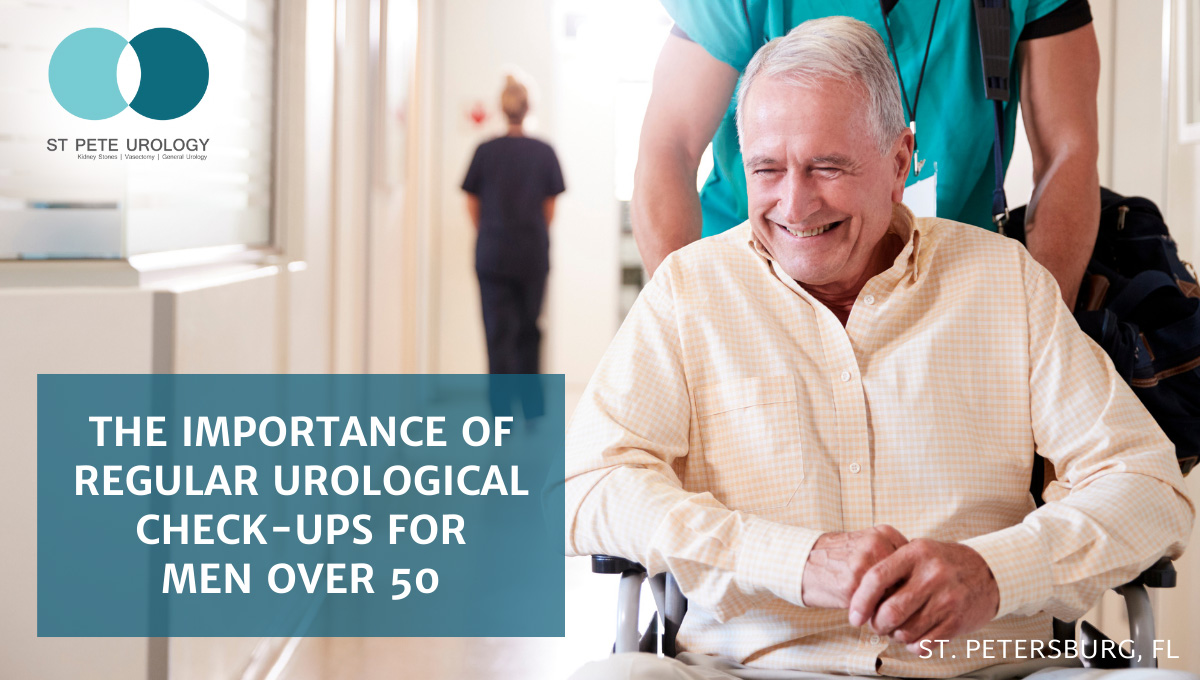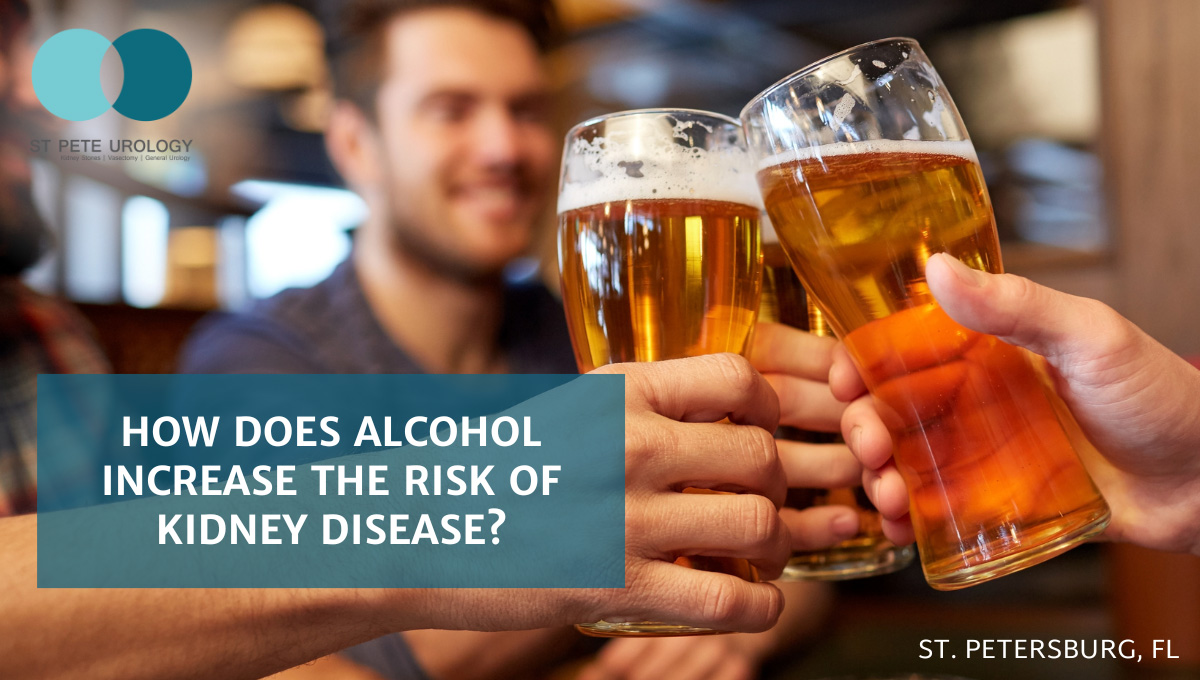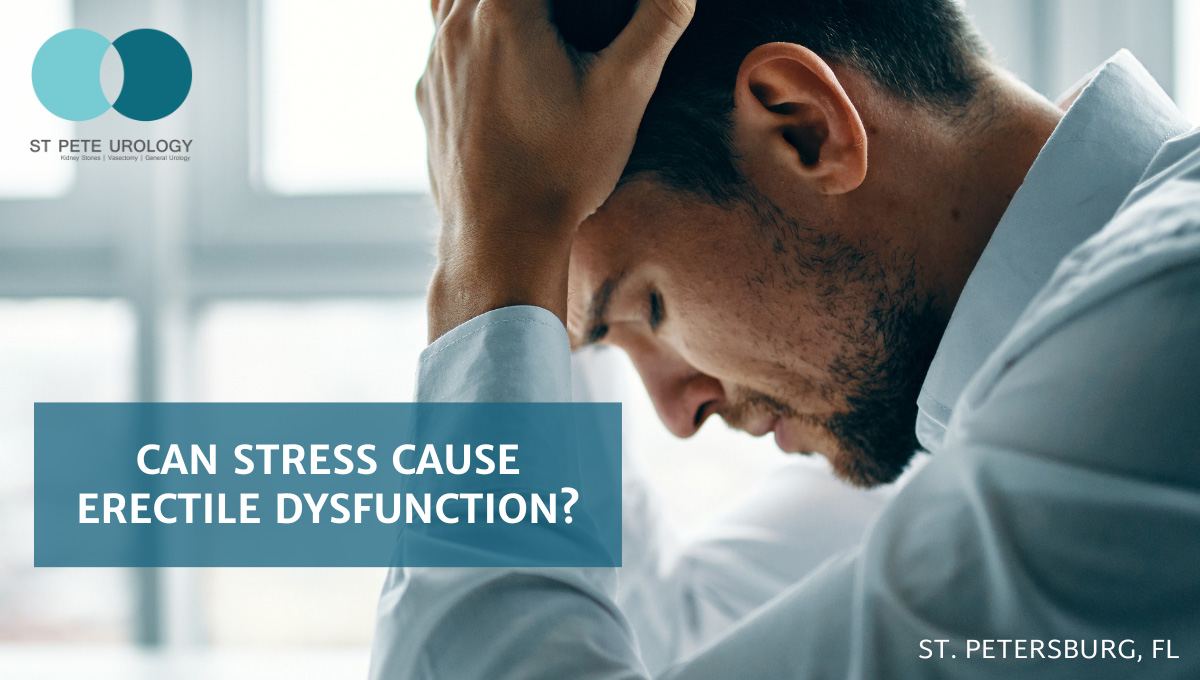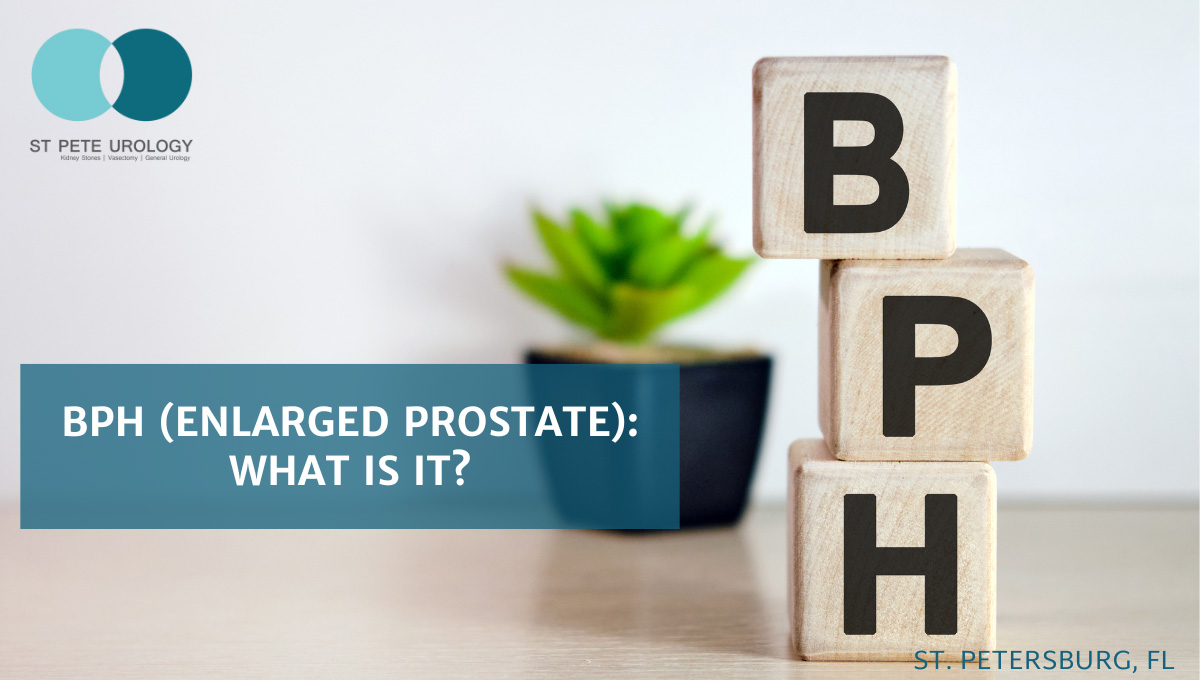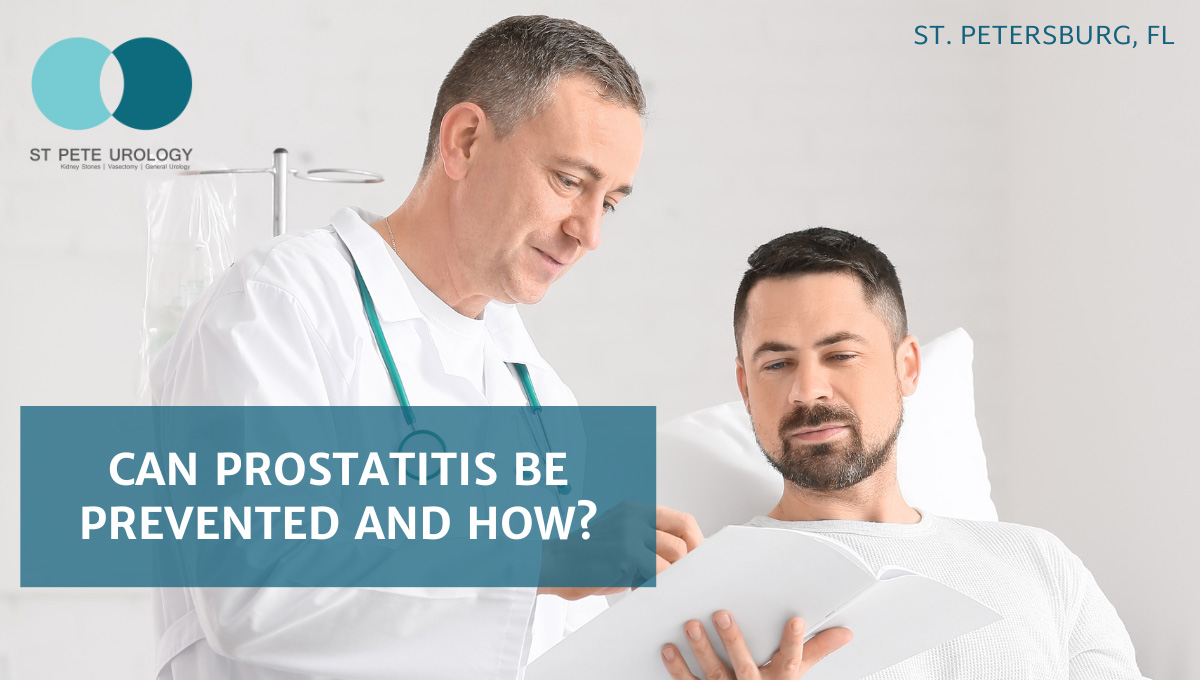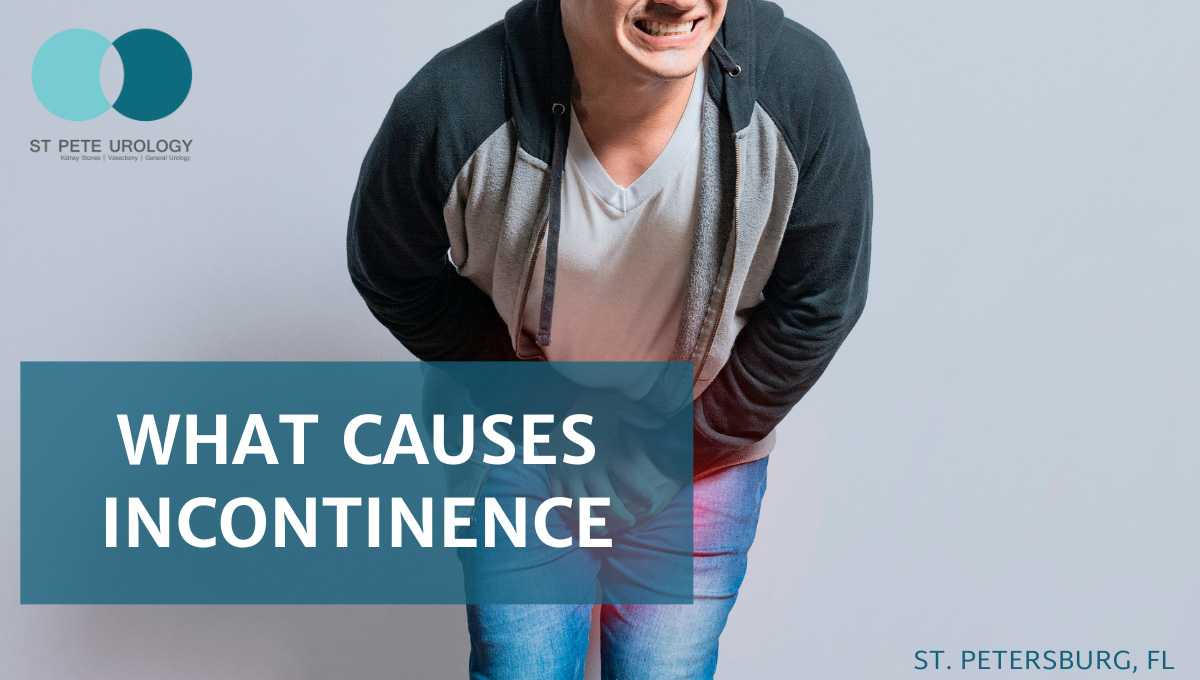Recent findings have provided a substantial link between diabetes and urological disorders. Learn about managing diabetes to improve your urological health.
Continue readingImprove Your Urological Health with the Dry January Challenge
Heavy drinking during the holidays? Elevate your urological health now and join the Dry January Challenge for a healthier, revitalized you!
Continue readingUnderstanding and Managing Urinary Tract Infections in the Elderly
Effectively managing urinary tract infections in the elderly is crucial for their well-being. Learn more about UTIs here at St Pete Urology.
Continue readingWhat Are Common Urological Issues Faced by Women?
Explore common issues and solutions for common urological issues faced by women. St Pete Urology offers expert care for women’s urinary health.
Continue readingThe Importance of Regular Urological Check-Ups for Men Over 50
Regular urological check-ups for men over 50 is important to have a healthier, happier lifestyle. Prioritize your urological health with St Pete Urology.
Continue readingHow does Alcohol Increase the Risk of Kidney Disease?
Does alcohol increase the risk of kidney disease? Uncover the intricate relationship between alcohol consumption and kidney health at St Pete Urology.
Continue readingCan stress cause erectile dysfunction?
Can stress cause erectile dysfunction? Uncover more about this condition to improve your sexual health and well-being.
Continue readingBPH (Enlarged Prostate): What Is It?
What is BPH or Enlarged Prostate? BPH is a condition that will affect the prostate of nearly every man at some point after the age of 40.
Continue readingCan Prostatitis Be Prevented and How?
Understand how can prostatitis be prevented and why is it significantly more beneficial than managing and treatment of the condition.
Continue readingWhat Causes Incontinence
Dr. Nicholas Laryngakis discusses the factors on what causes incontinence and the complications and risks associated with the condition.
Continue reading
